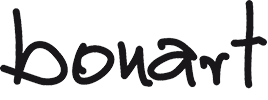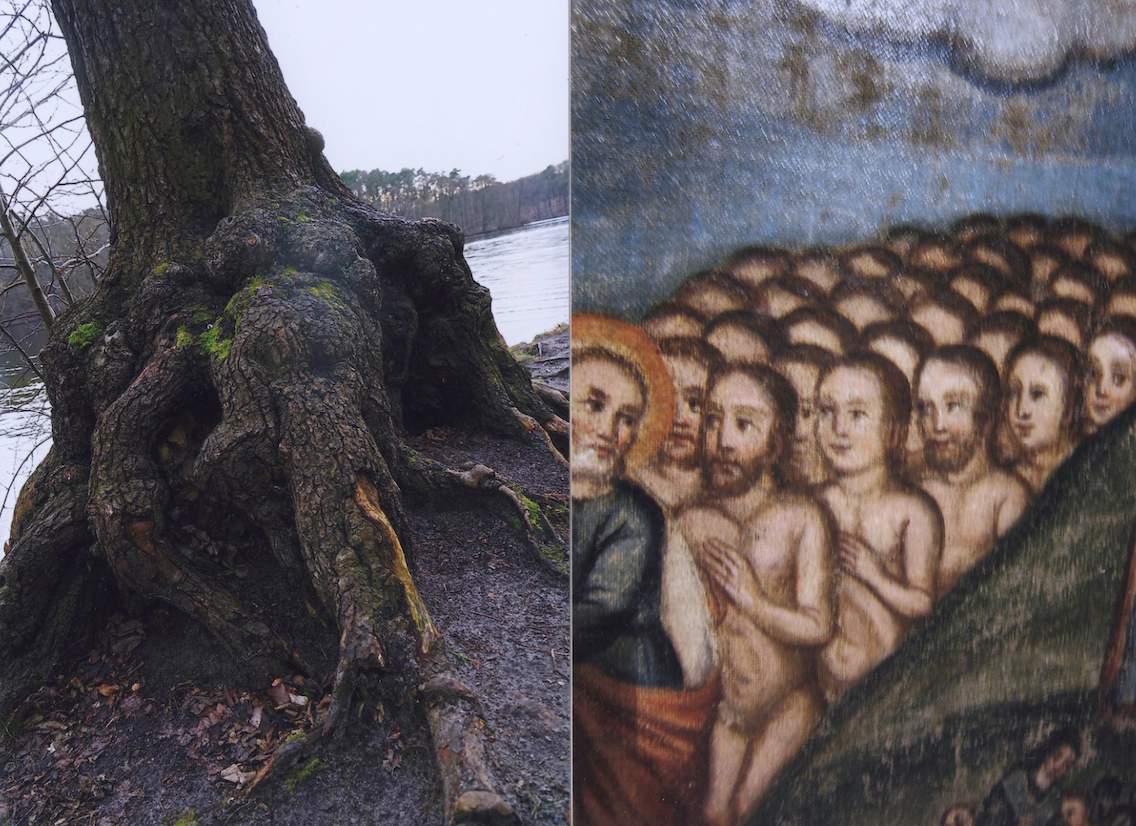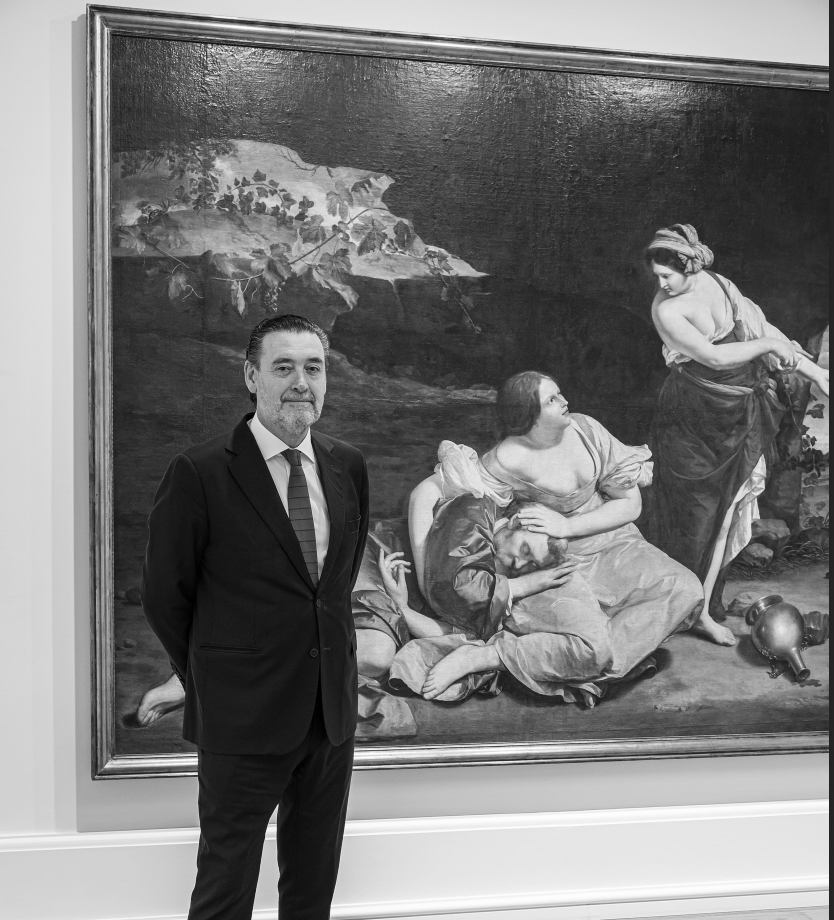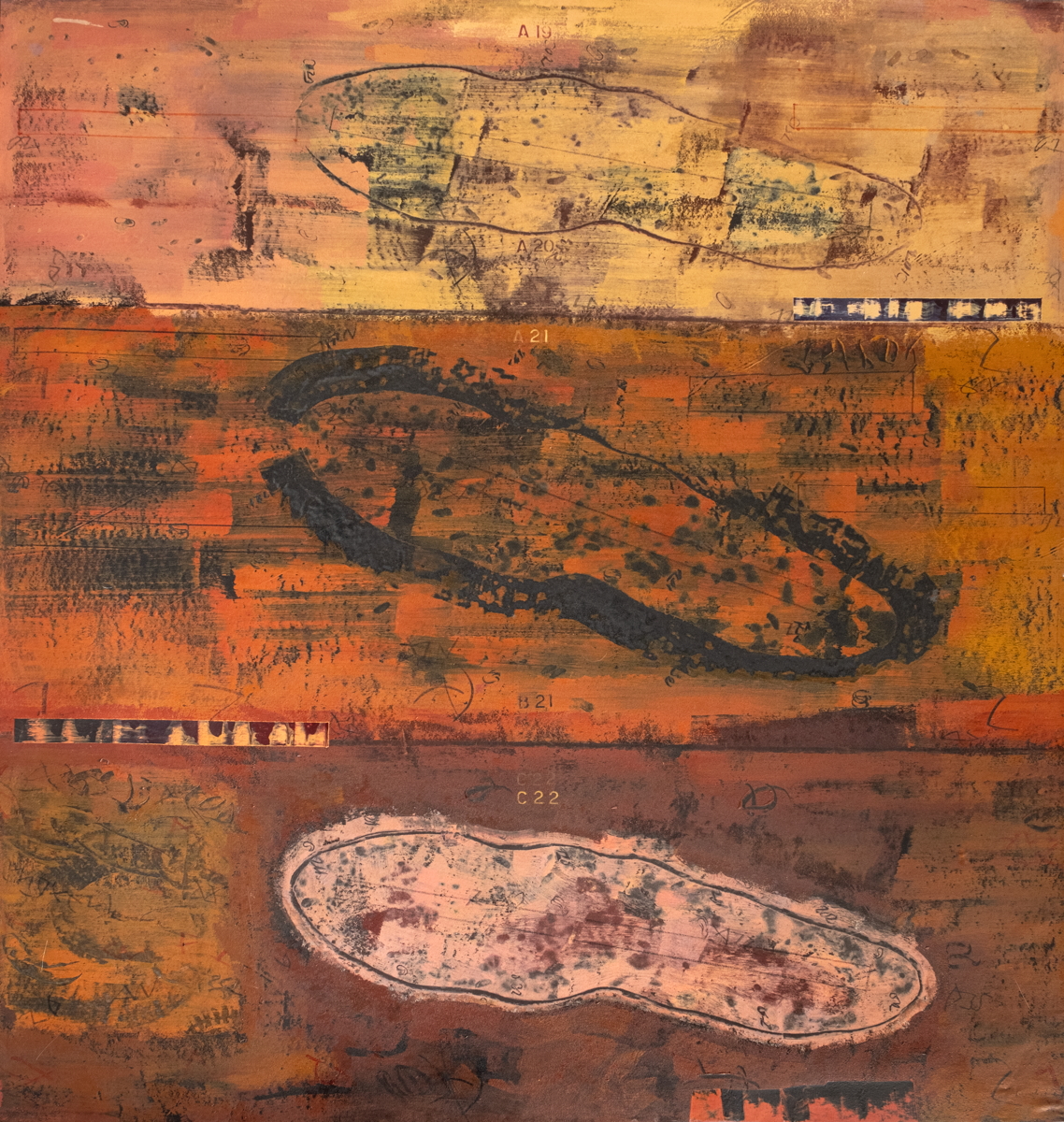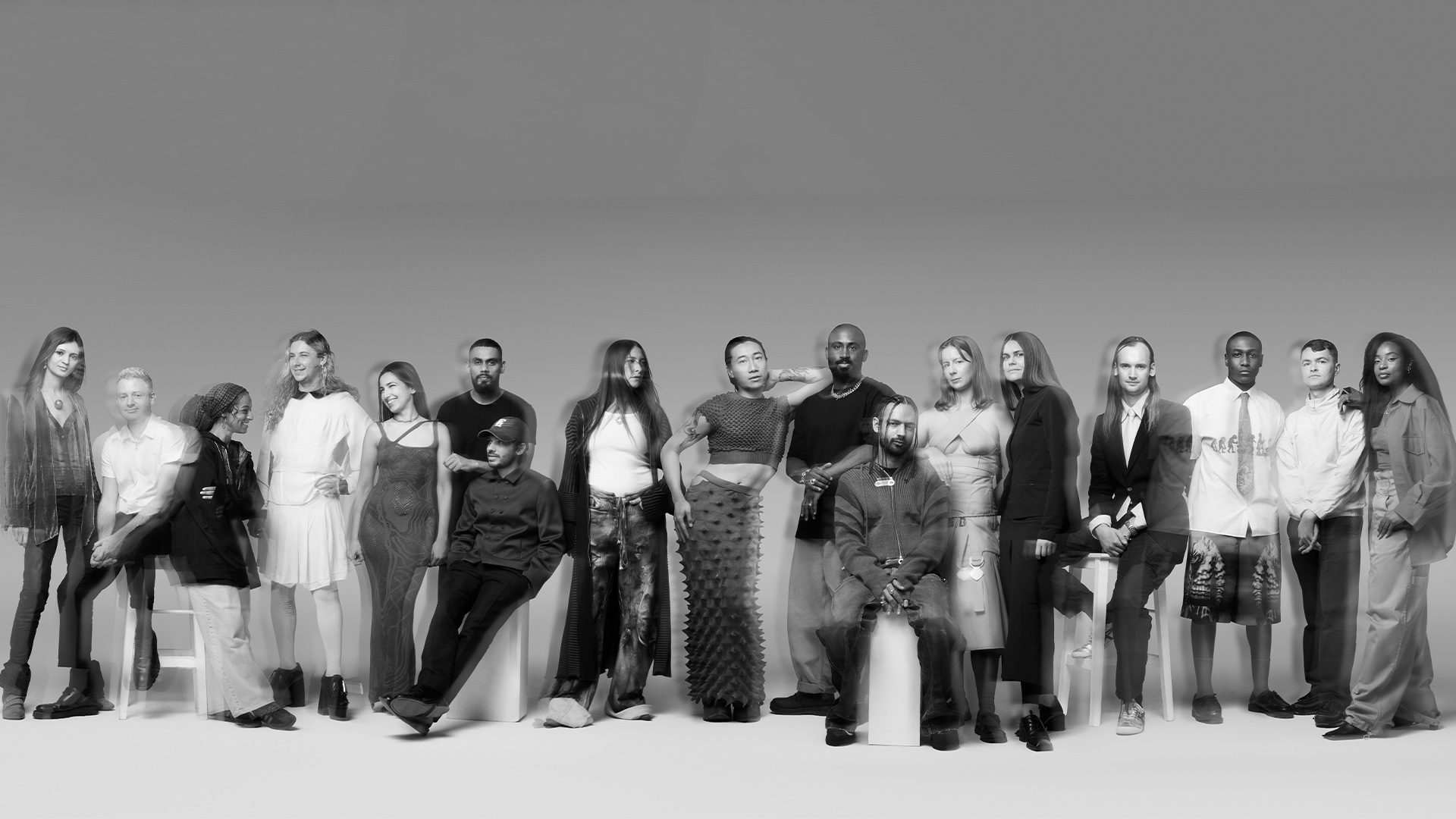interviews
Bleda y Rosa: "We build our images by trying to overturn conventionalisms about why we need to look at it this way"
History, the footprint and memory are concepts on which the work of these artists revolves, as can be seen in the series 'Battlefields' (1994-2016), 'Cities' (1997-2000), 'Stays ' (2001-2006) or 'Origin' (2003-present)
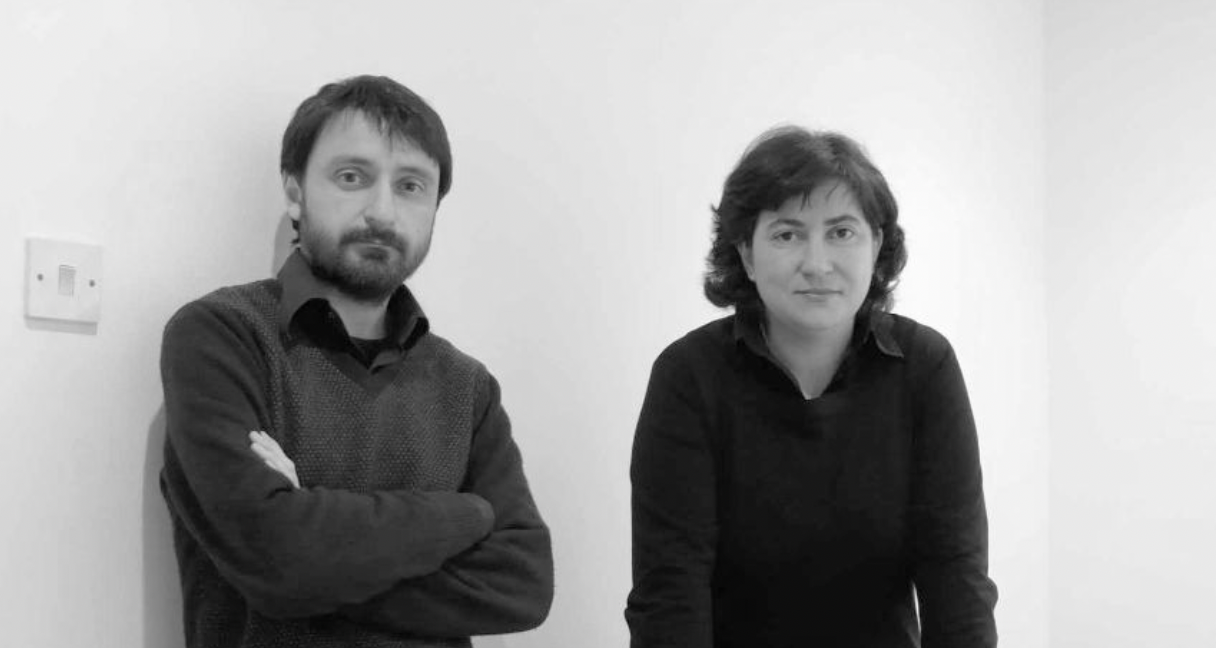
María Bleda (Castelló, 1969) and José María Rosa (Albacete, 1970) use photography as a resource for their artistic expression. Their joint work has been recognized as a National Photography Award. Through the fragments of representation of the territory collected by their camera - the same analog machine, a MAMIYA RB67, for thirty years -, Bleda and Rosa explore the relationship between space, time and history and capture charged places of historical or cultural significance. Throughout their career, they have developed projects that combine photography and narrative, creating images that invite reflection on the past and its impact on the present.
How did the concept of Battlegrounds and Soccer Fields begin?
We had the Camps de futbol project, which we had developed between 1992 and 1994. It was a germinal work where we were exploring the way of constructing an image and confronting photography as a medium. In 1995 we saw a commemorative painting of the Battle of Almansa and precisely this image, this commemorative painting of a place that you know geographically, but don't know in many other ways, was an important trigger for us. We think that if this happens with Almansa, which is a nearby geography, what happens with all these other geographies that have to do with Navas de Tolosa, Covadonga? Battles that you have in your memory because you have studied them and that are always a date and a place.
We have the field as a paradigm, don't we?
Indeed, it is. The countryside isn't what we're really interested in, it's more this idea of going out, exploring and getting to know each other. These two series served us to channel the desire to leave the epicenter of Valencia. First, for two or three years very much overturned in this first series of Camps de futbol and then with Camps de batalla, which is what allowed us to open our eyes to the place we live.
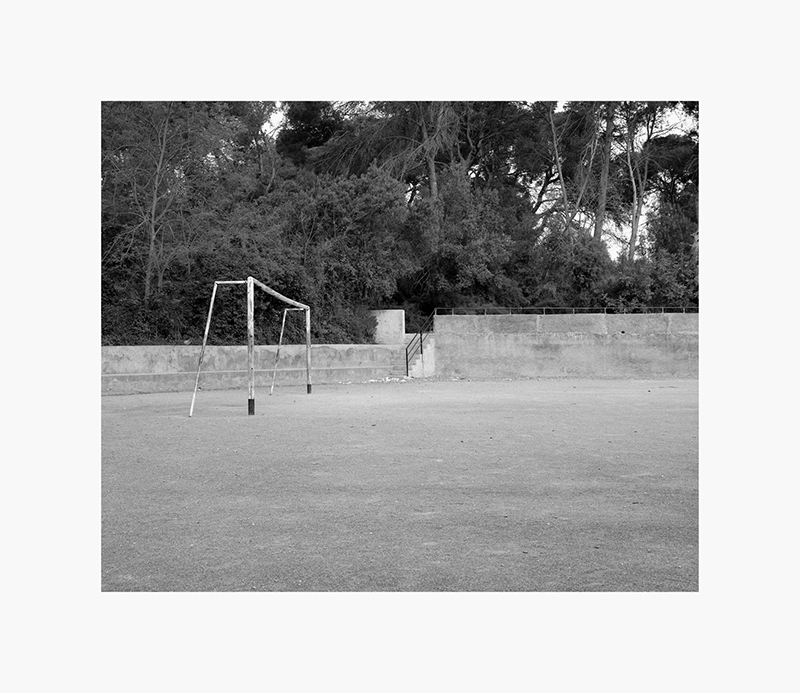 Godella, 1993
Godella, 1993
And they are spaces where the absence of the human figure, at least directly, is the matrix of something.
It has always seemed to us that what we were interested in talking about were places that were common to many generations, common to all of us, to all the people who have preceded us, so we did not see the need to focus on the present moment.
To set a memory...
indeed There is a documentary narrative, but that is not long ago. The truth is that we, and perhaps most of the authors who interest us, are more related to this side, not so "social" or that decisive moment of photography. Doesn't mean we don't find it interesting, but...
There was also a bit of fetishism, of mysticism.
We feel closer to Walker Evans and conceptual artists who have worked objectively with photography.
You are image builders and create atmospheres...
What is interesting for us is to transcend what photography is, that is, to look for images. What you project on a mental level when you're seeing something. That jumps almost from the physical support, to what you imagine. That image that suddenly comes to you.
This is also observed in the series on archaeological sites.
Yes, the Origen series follows, in a way, the same route. It is another link in a chain that comes from Campos de futbol.
Archeology of contemporary memory, without wanting to do it sometimes.
It is archeology of memory. There is a concatenation of time. They are images where they are established or that they try to make visible for a long time. We always insist that although history is a subject we deal with, it is one more.
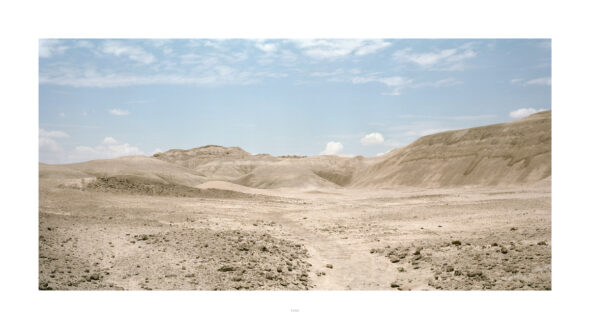 ‘Lucy’, de la serie ‘Origen’,
‘Lucy’, de la serie ‘Origen’,
Because it is the easiest to decode. In the end, the great protagonist is the landscape and the other thing, look, things happen...
Yes, above all it is this contemporary landscape, which does not cease to be an accumulation of others, a repository of everything that has come behind, what has been forgotten...
And a very specific visual texture.
In the 1990s, when we were tackling this, there was also a bit of fear. Not many artists talked about the landscape. It seemed like it was like…
German school, Central European school and little else.
Yes, this question of looking at the countryside, even talking about landscape construction, constructing landscapes through images, was a somewhat reviled idea.
Erice, Kiarostami and a few others in the film field, and it was over.
We went without prejudices or complexes, I don't really know what. Our concern was closer to what is contemporary and to know first hand, through our own experience, the places and not so much because of what they tell you.
Yes, because it is coded a lot, isn't it?
Yes, internally we construct our images by trying to overturn conventionalisms about why we need to look at it that way.
That's why you also play with silence. To me they evoke an introspective silence.
What you say is what is left out of the field, outside the image, which does not have to be just visual and which often brings it to the viewer.
It's what it suggests to you, what you're completing when you're looking at an image. We like it to happen, you are completing it in present tense. Here is the game, the magic of acting. There are photographers or artists who work not so much with this temporality because there is a very clear presence of the moment. And that over time is also super enriching because you end up seeing...
The cartography of an era...
Silence, in fact, is part of it outside of time.
We try to build the images by removing, as much as possible, as much unnecessary noise as we can. It also happens with poetry or writing. Words are words, but you can write something and be minimizing it, transporting yourself to something, or you can be super-descriptive and it stays in that facade. For us, it's more important to remove things than to put them in, this purification we were talking about, keep to the minimum.
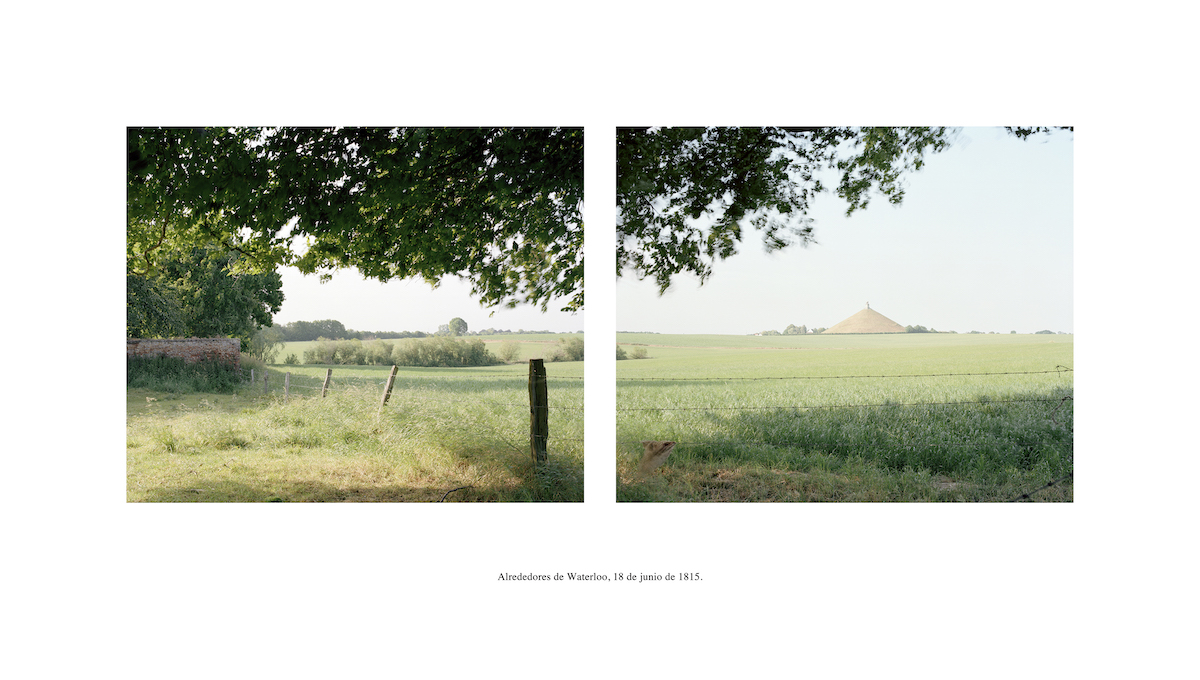
Here I know that less is more. It would make sense.
Generate images with as few elements as possible. Yes, that doesn't mean you're only talking about one thing, because one of the things we like to do the most is to make them so open, to allow many interpretations. Don't limit. When it seems that you are marking everything and you are zooming in, suddenly there is an image that tells you that you are not seeing football fields, that you are also seeing this topographical accident. An image that makes you a participant.
How do you approach technical work?
There isn't much of a mystery. We don't keep formulas. We started by photographing in an analog way with a camera that allowed us to share the moment of photographing. In other words, it's a camera that's big enough or bulky enough to need a tripod. With post-production, there's almost no way it's not digital.
It's okay to go a little against the digital dynamic.
yes In fact, we have never been purists. Working with film negative we feel comfortable, it's the camera we have, it still works. It also makes it have a more determined language.
You also work with publications.
We are a bit of artisans in a sense. There are few things that we outsource to third parties. We like to be in this whole process of dialogue, in the previous part, at the time of the shot, also when we do the editing of which images go in or not. When there's a post, for better or for worse, we're very present.
Yes, because you never get what you want.
yes Then it's also very frustrating because it's a time when, in our case, most of the time it's always publications that an institution has paid for. There are elements of the publications that are very difficult to negotiate. We have been lucky enough to work with Mario Nieves, or the Berenguer brothers who, not only are they very good, but we know that they know our work and know what we are like, so it is much easier.
How did this duo come about, how do you work?
We are a couple before we dedicate ourselves to it. This is a value. We were formed at the same time, it turned out that those things that interested us fall into a common taste. From there I think it had a lot to do with this idea that we talked about before about going out and exploring and going to the countryside.
After such a consensual basis, it must be very enriching to reach contradictions.
In fact, it happens to us a lot. You start with an idea and soon you say "this can't be like that". Everyone has a point of view and we try to contribute to each other's ideas.
If you work as a team, you work as a team.
Sure, that's it. You will be able to impose your criteria once, twice, but the third, the one next to...
Finally, future projects, things you've been wanting to develop?
There is a bit of a spirit of continuing to work on the projects we have open, but also of staying alive. We did an exhibition project in Barcelona with the Mapfre Foundation, which then went to the ICO Museum. We are interested in this image being able to make the jump to the movement. At least explore it. And we're into this idea of exploring matters that are worrying you now and that, maybe at another time, you thought "no, we have to be rigorous". It doesn't mean that we stop working with photography, because that's not the case.
We built a small movie camera. Well, built, so to speak, it looks like we did it. We have been attaching a lens to it so that our relationship with this camera is a gesture. That is, to take it and place it in the same tripod position. We are super active. These types of projects are like detours put to the test that allow us to move forward.
